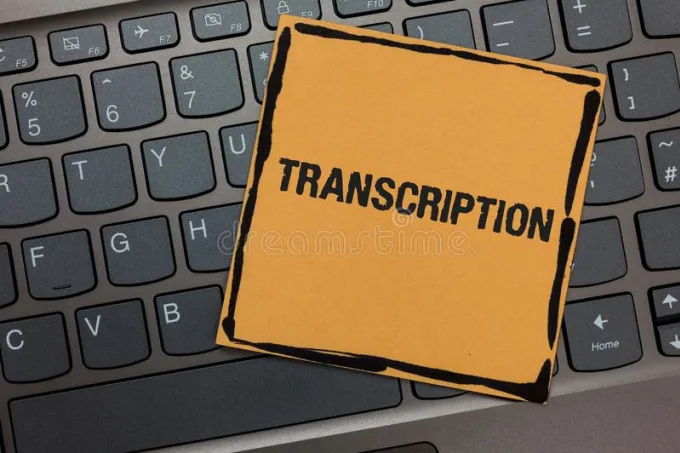In the world of academia, data analysis plays a crucial role in research and decision-making. Researchers and scholars are constantly exploring ways to extract meaningful insights from various data sources to advance knowledge and drive innovation. One valuable resource that aids in this process is transcribed data. University transcription services offer a powerful solution for converting audio and video recordings into written text, making the data more accessible and facilitating in-depth analysis. In this article, we will delve into the significance of university transcription services for data analysis and how they unveil valuable insights.
- Data Organization and Management: Transcribing research interviews, focus groups, or lectures helps researchers organize and manage their data effectively. Written transcripts provide a structured format that can be easily sorted, categorized, and referenced. With the aid of university transcription services, researchers can quickly navigate through the transcribed text, locate specific information, and identify relevant patterns or themes. This organized approach streamlines the data analysis process and ensures researchers can efficiently extract insights.
- Precise Quotation and Citation: Accurate transcription is essential for precise quotation and citation in academic work. Transcribed data allows researchers to directly quote participants’ responses or cite specific instances within their analysis. University transcription services ensure the transcripts capture the exact words spoken, providing a reliable source for referencing and supporting research findings. This precision strengthens the credibility and validity of the research, enabling others to verify and build upon the results.
- Linguistic Analysis and Text Mining: Transcribed data opens up opportunities for linguistic analysis and text mining techniques. By converting spoken language into written text, researchers can apply computational linguistics methods to analyze linguistic patterns, sentiment analysis, or language usage. Text mining tools can be utilized to uncover patterns, keywords, or themes within the data, providing insights that may not be readily apparent from the original recordings. These approaches enhance the depth of analysis and enable researchers to uncover hidden trends or correlations.
- Qualitative Data Analysis: Transcription services are especially valuable for qualitative research studies. In-depth interviews, focus groups, or qualitative observations often contain rich and nuanced data that require careful analysis. By transcribing these qualitative data sources, researchers can conduct rigorous thematic analysis, identify recurring themes, and draw meaningful conclusions. Transcripts offer a textual representation of participants’ experiences, viewpoints, and narratives, enabling researchers to delve deeper into the qualitative aspects of their research.
- Collaboration and Peer Review: Transcribed data promotes collaboration and facilitates peer review processes. Researchers can easily share the transcribed data with colleagues, collaborators, or reviewers, allowing them to examine the data firsthand. Transcripts serve as a common ground for discussion, interpretation, and verification of findings. This collaborative approach fosters a deeper understanding of the research and encourages constructive feedback, ultimately enhancing the quality and rigor of the analysis.
- Accessible Archival and Reproducible Research: Transcribed data ensures accessible archival and reproducible research practices. By preserving research data in written form, university transcription services contribute to the reproducibility of studies. Other researchers can refer to the transcribed data, replicate analyses, and validate the results. Additionally, written transcripts serve as an archival resource that can be stored for future reference, enabling researchers to revisit the data and conduct further analysis as needed.
- Multimodal Analysis: Transcriptions enable researchers to combine audio or video data with other forms of analysis. By integrating transcribed text with visual data, such as images or charts, researchers can engage in multimodal analysis. This holistic approach allows for a deeper understanding of the research topic by exploring the interplay between different modalities of data. University transcription services play a crucial role in facilitating this multimodal analysis by providing the textual foundation for integration.
In conclusion, university transcription services are an invaluable resource for data analysis in academic research. By converting audio and video recordings into written text, these services enhance data organization, support precise quotation and citation, enable linguistic analysis and text mining, facilitate qualitative data analysis, promote collaboration and peer review, ensure reproducibility, and facilitate multimodal analysis. Embracing the power of transcribed data, researchers can unveil valuable insights, strengthen their research findings, and contribute to the advancement of knowledge in their respective fields.
